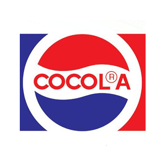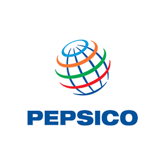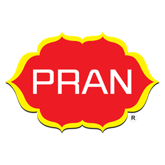Fruits
Red Apples 1 kg
Apples are a popular fruit, containing antioxidants, vitamins, dietary fiber, and a range of other nutrients. Due to their varied nutrient content, they may help prevent several health conditions.
170.00৳
Bananas (Sagor) 12 pcs
Bananas are among the most important food crops on the planet. Bananas are a healthy source of fiber, potassium, vitamin B6, vitamin C, and various antioxidants and phytonutrients.
130.00৳
Pear (Nashpati) 1 kg
A pear is a mild, sweet fruit with a fibrous center. Pears are rich in essential antioxidants, plant compounds, and dietary fiber. They pack all of these nutrients in a fat free, cholesterol free, 100 calorie package.
200.00৳
White Grape 1 Kg
"White" grapes are actually green in color and are evolutionarily derived from the purple grape. Mutations in two regulatory genes of white grapes turn off the production of anthocyanins, which are responsible for the color of purple grapes.
450.00৳
Lime 12 pcs
Limes are a citrus fruit often used to accent flavors in foods. They are a common ingredient in Mexican, Vietnamese, and Thai cuisine.
90.00৳
Dates 1 kg
Dates are high in natural sugar, so many people think they may not be good for them. However, these sweet fruits are packed with plenty of nutrients, making them an excellent snack in moderation.
150.00৳
Dragon Fruit 1 kg
A pitaya or pitahaya is the fruit of several different cactus species indigenous to the Americas. Pitaya usually refers to fruit of the genus Stenocereus, while pitahaya or dragon fruit refers to fruit of the genus Hylocereus, both in the family Cactaceae
300.00৳
Malta (Net Weight ± 50 gm) 1 kg
Malta, a variety of orange, is a popular citrus fruit cultivated in hot climate. The fruit is rich in mineral salts and other ingredients of nutritive value such as iron, lime, phosphorus, and vital minerals. Malta is loaded with vitamin C and vitamin B complex. It is a round-shaped, medium-sized fruit, weighting an average of 145.8 gm. It has a rough-surfaced orange ringed with a segment of around 9.67 centimeters and a sweet-tasting juice content of around 33.7 per cent. The fruit is often used to make processed juice, jam, jelly and marmalade.
130.00৳

































